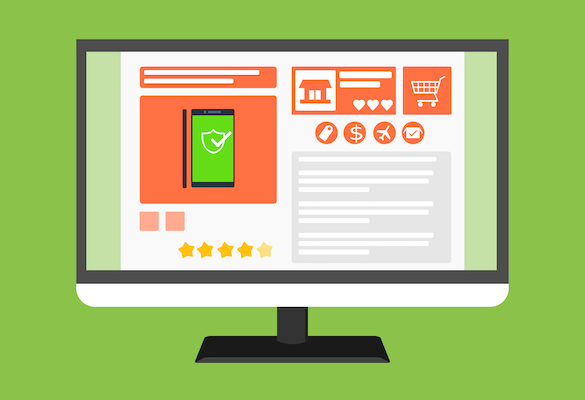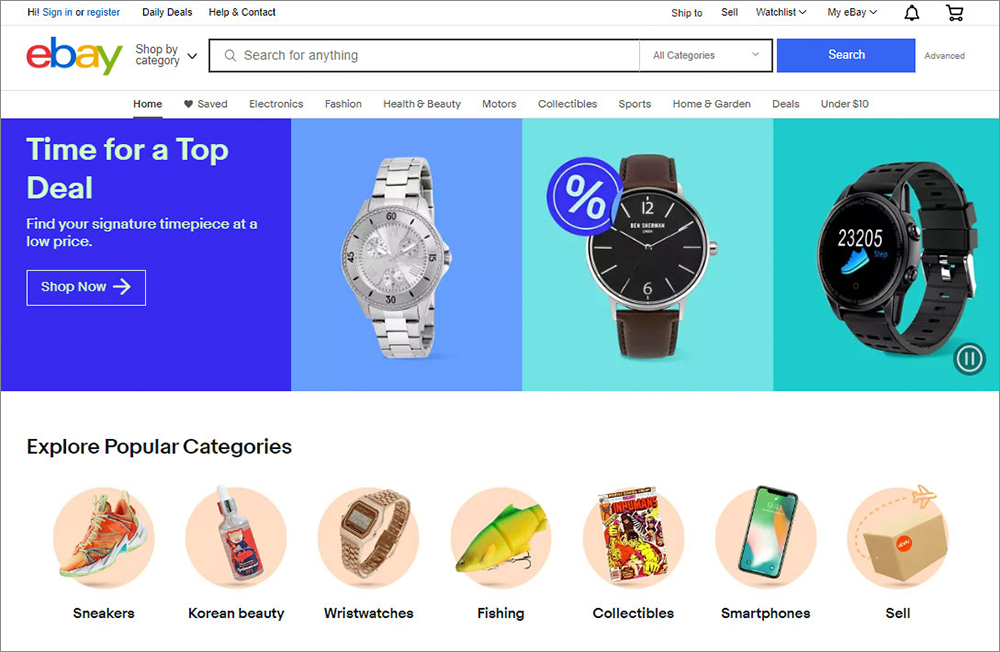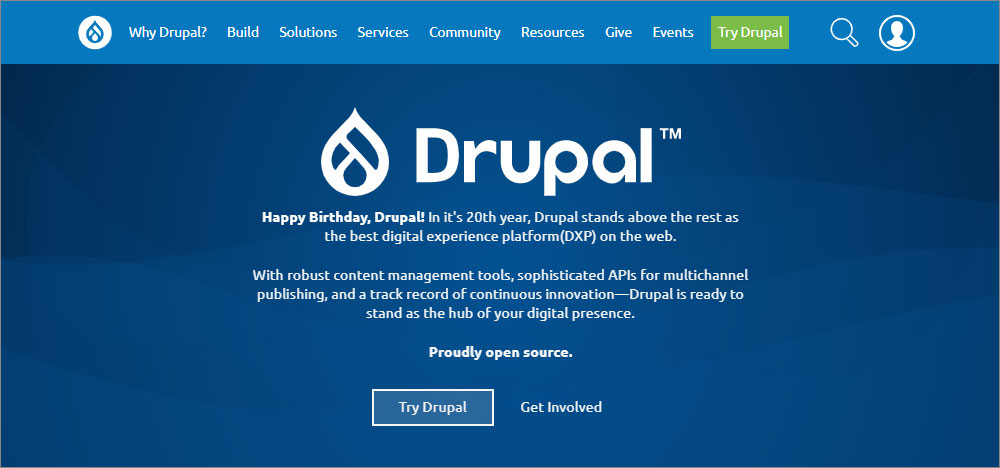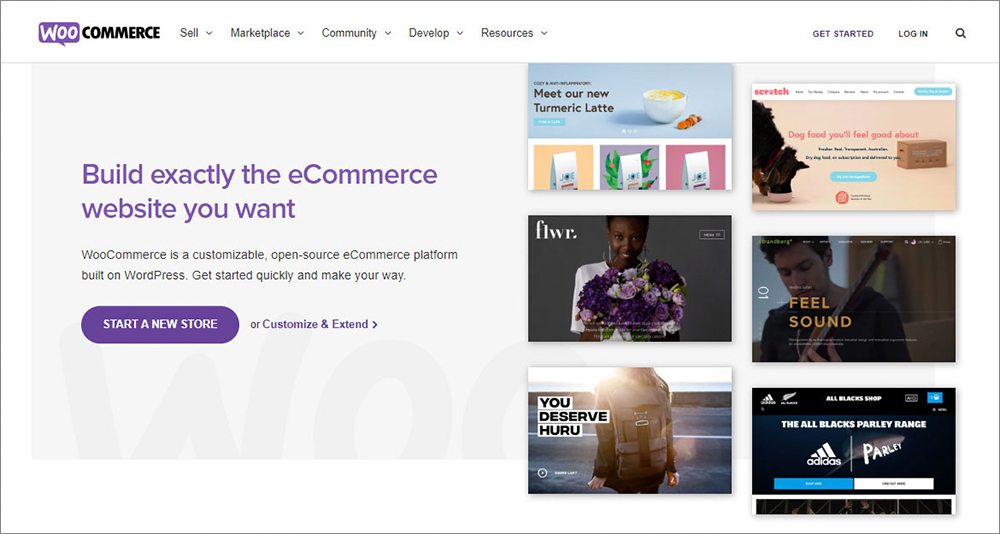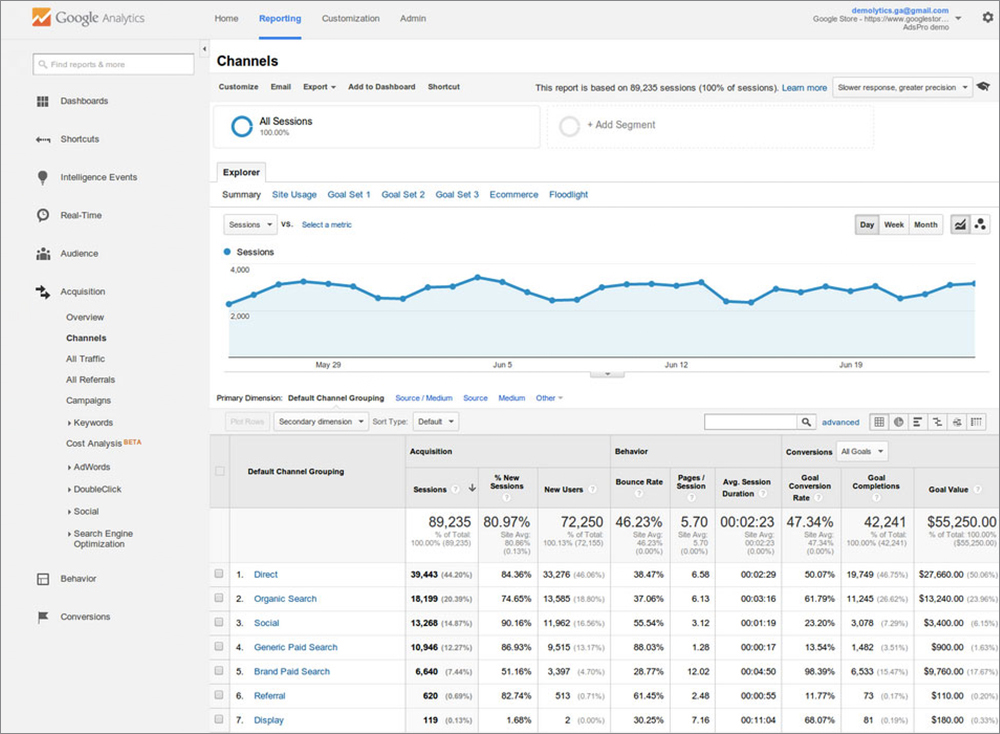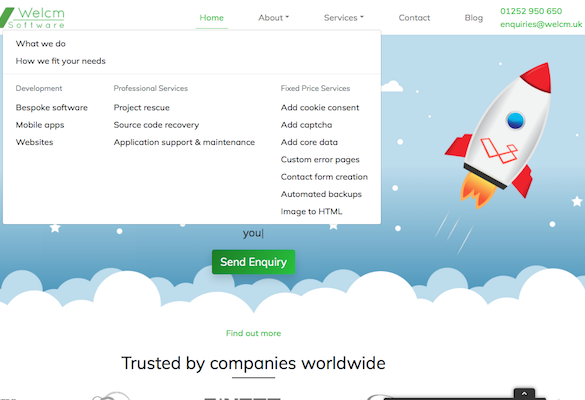Online presence is necessary these days for small and large businesses alike. It allows you to strengthen your brand name. You gain credibility that is necessary to attract more customers with your online presence.
If you run a small business you might already be on a tight budget. And so, hiring a website designer could be pricey. Though it can be challenging you can make a perfect website on your own. This step-by-step guide will help you throughout the process.
Here’s the guide on how to build a perfect website for small business:
Step 1: Lay Down Your Goals
Before you start building your website, you need to consider what you want to achieve with it. With that in mind, you can implement design elements and tools that are best suited to helping you achieve your goals. Your goals can be anything from promoting your brand to selling your products online.
Ask yourself:
- What information do you need to convey to your site’s visitors?
- What action do you want them to perform? (Buy your product, request a quote, or visit your store in person).
- Who is your targeted audience? What can you implement in your website to keep them engaged for a long while?
Step 2: Get a Domain Name
Your domain name should ideally resonate with your business. Your visitors should get the idea of your business just from the name itself.
Use online domain name generators if you’re unsure about which name you should choose. They will provide you with some inspiration.
Keep your domain name short. Make it easy to spell. If possible, include keywords relevant to your business. Try using .com at the end of your domain name instead of .net.
Once you’ve decided on your domain name, it’s time to register it. You can register your domain name at companies like GoDaddy, Wix, Squarespace, and WordPress. Compare their domain plans and then choose the one that suits your needs the best.
Step 3: Choose a Website Builder
Different businesses have vastly different needs. Better compare the features and plans of the best website building services rather than choosing the first one that you come across. Opt for a user-friendly option that helps you create a small business website without any prior knowledge of coding. Here’re some best website building platforms:
WordPress: It’s an open-source website building platform. Though you will need to integrate a hosting service, overall WordPress is the best website builder for small businesses.
Hosted website builders: Squarespace, Wix, and Weebly are some of the best hosted website builders. You won’t require any third-party hosting service if you build your website on any of these. But they are a bit pricey.
Step 4: Find a Secure Web Host
If you’ve chosen WordPress as your business website builder, you’ll need a web host. A web host is your digital rental space provider. It makes your website accessible to the world. A right and secure web host will keep your site ticking along effortlessly.
Key things to consider when you chose a web host:
- Domain uptime
- Backup system
- Server response time
- Bandwidth
- SSD storage
BlueHost is the best web hosting service out there. It features an intuitive dashboard and one-click installation for website builders like WordPress.
Other companies that offer web hosting services are GoDaddy, DreamHost, SiteGround, and InMotion.
Step 5: Find a Great Content Management System (CMS)
If you don’t have technical knowledge regarding website building, finding a good content management system is the best option for you. With a great CMS, you can readily create and manage your digital content. Without editing the website code manually, a CMS allows you to create, publish, and remove your content easily. Here’re the two best CMSs:
WordPress: It’s the most suitable option when creating a small business website. It has hundreds of free website templates, plugins, and themes.
Drupal: The only advantage Drupal has over WordPress is that it’s more secure. But it won’t offer diverse plugin and theme options like WordPress.
Step 6: Design Your Website
Now let’s get to the actual process of designing. Head over to the website builder you chose and select a suitable template or theme. Don’t worry if the theme doesn’t strike you as the best at the first sight. You can always customize your theme later and make it look more engaging.
Write the main content in easy-to-read fonts.
Create pages standard for a small business website like Home, About Us, Contact Us, Terms of Use, Privacy Policy, etc.
Use catchy images and graphics. You can find free stock images from sites like Unsplash and Pixabay. Make sure you check for copyright attribution before taking images from any third-party source.
Make sure the text displayed on your website is written in short sentences.
Ensure that your site is easy-to-navigate. Add a navigation menu on the top of your website from where the users can jump to pages they’re looking for.
Step 7: Choose a Good E-Commerce Platform for Your Business Website
You’ll need the right technology in case you plan to sell goods and services through your website.
Choosing the correct e-commerce platform for your business model is crucial. The platform should allow your users to financially transact with you online effortlessly. Here’re some of the best e-commerce platforms:
WooCommerce: the most popular e-commerce platform that can turn your website into an online store. You can install it as an extension for your site.
Shopify: a cloud-based e-commerce platform. It allows you to create and customize an online store suitable for your business model. With its top-notch features, you can manage products, payments, inventory, and shipping. Note that Shopify isn’t an extension like WooCommerce.
GoDaddy Online Store: This one is relatively easy to use and set up. It also offers features like SEO tools, appointment booking, social media integration, and SSL security.
Step 8: Optimize Your Site for Search Engines
Optimize your website with following tips:
- Research for relevant keywords and implement them on your website. It doesn’t mean you jam your content with unnecessary keywords. Doing so will affect the readability of the content.
- Make sure your website runs smoothly on mobile screens too.
- Ensure your site loads quickly. Compress the multimedia that you upload to your website.
- Add a meta description to all the pages of your website. A hundred-word description is better than no description at all.
- Use schema mark-ups. Schema tells search engines what your content means.
- Add a small description of the images that you upload on your site. Use relevant keywords in the description too. This will increase the chances of your website to appear in the search result with the image.
- Give descriptive and catchy headlines to your content.
- Don’t rely only on on-page SEO. Opt for off-page SEO too. Social media activity, brand mentions, and influencer marketing will improve your site’s SEO.
Step 9: Install Webmaster Tools
You’ll need to study relevant data to improve your website’s performance. This is where webmaster tools like Google Analytics and Google Search Console come in. They’ll present vital data and help you analyze:
- The average time users spend on your site.
- The keywords that attracted the users to your site.
- Bounce rate.
- Errors that the search engines encountered on your site.
Now you’re ready to launch your business website. Make sure you keep updating your site with new content to keep attracting more and more users. Keep improving your site’s performance from the data provided by the webmaster tools. Regular site maintenance means your site runs smoothly and you don’t lose your users.
